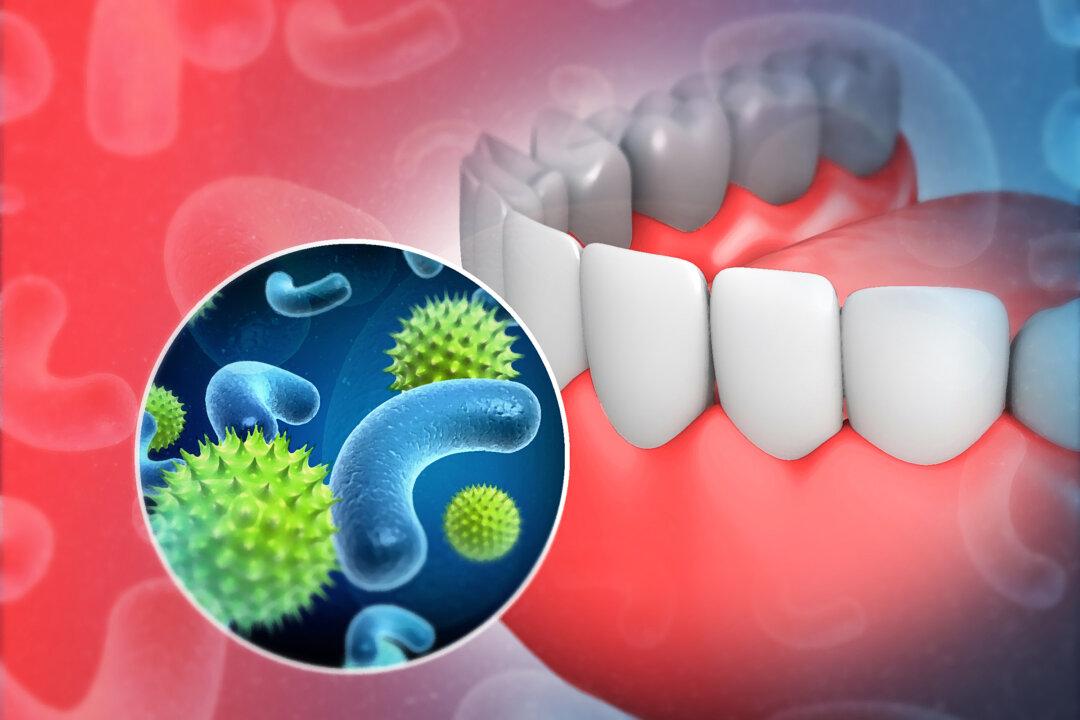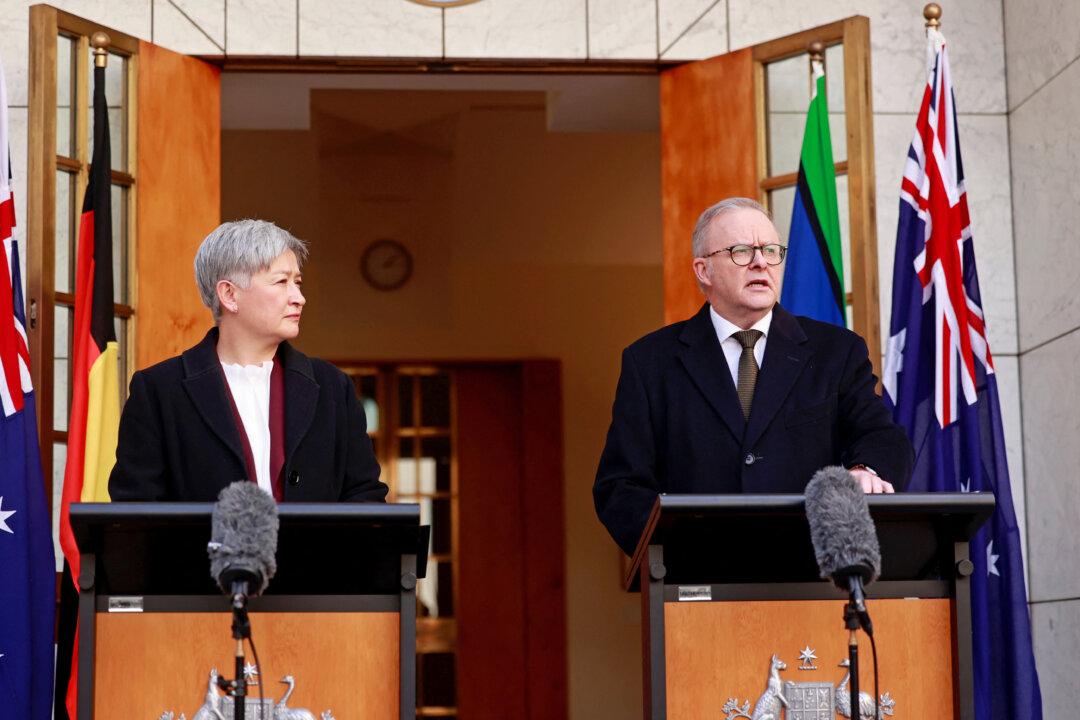New data released by the Australian Dental Association (ADA) reveals that around half of Australian adults don’t prioritise gum health, placing them at risk of serious health conditions.
The ADA’s annual Consumer Survey of 25,000 people, released ahead of Dental Health Week (Aug. 5–11), highlights the need for better oral health practices to prevent gum disease, tooth decay, and related health issues.





